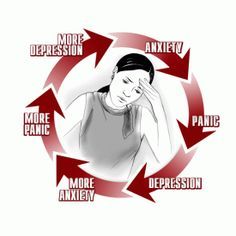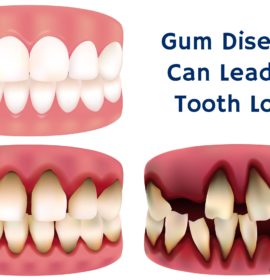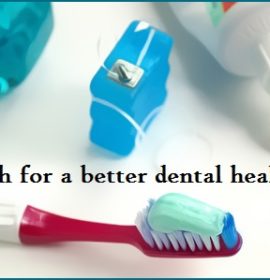
TMJ Pain and Headaches is Related
Baby pacifiers . child and dental care . Cosmetic Dentistry . Daily life dentisitry . Dental Restoration . Dentistry . Dentures . Implantology . Invisalign . sensitive teeth
The Temporomandibular joint is the joint in front of the ear hole that connect the mandible (lower jaw) to the temporal bone of the cranium. The temporal bone housed the hearing and balance mechanisms as well.
Pain in these joints or other areas involved with the function of these joints; the temporal bone of the skull, jaw muscles and nerves on one or both sides of the head are what are known as Temporomandibular joint disorder or dysfunction.
Managing TMJ takes patience and the goal is to relieve pain and restore normal jaw movement if that has been inhibited. Trauma to the jaw or Temporomandibular joint is sometimes involved with TMJ disorders, but the origins of the problem are unclear in most cases. Many measures are simple and can be done at home. For most, discomfort from TMJ will even go away without treatment. Conservative noninvasive treatment is strongly recommended by the National Institute of Dental and Craniofacial Research – National Institutes of Health; those and the more aggressive treatments are referenced here.
The most common symptoms include headaches, dizziness, stiffness in the jaw joint, ear aches, ringing in the ears, teeth that do not touch when biting, neck pain, pain behind the eyes, problems swallowing, fainting shoulder or back pain, tingling or numbness in the fingers, clicking jaw, inability to open the mouth wide, clenching/grinding teeth and worn teeth.





